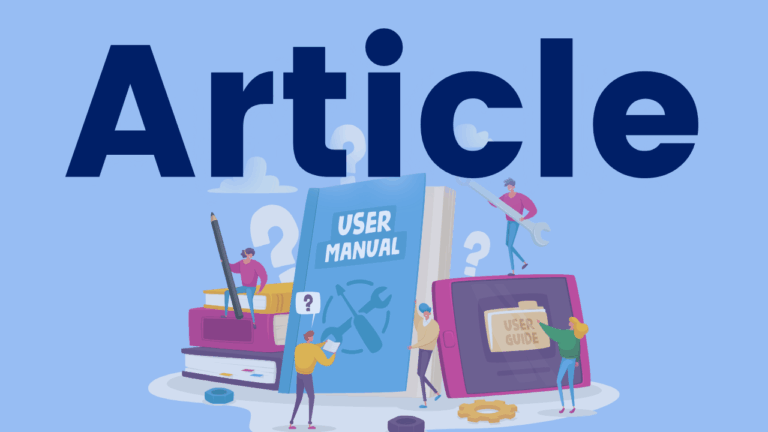Literacy for All: Instructional Considerations for Students with Significant Cognitive Disabilities
Literacy is a set of skills that opens a world of possibilities for all students, including students with significant cognitive exceptionalities. This PaTTAN webinar begins the discussion about what literacy instruction looks like for this group of students by discussing the definition of literacy, examining the research literature, and providing questions to help guide the…




